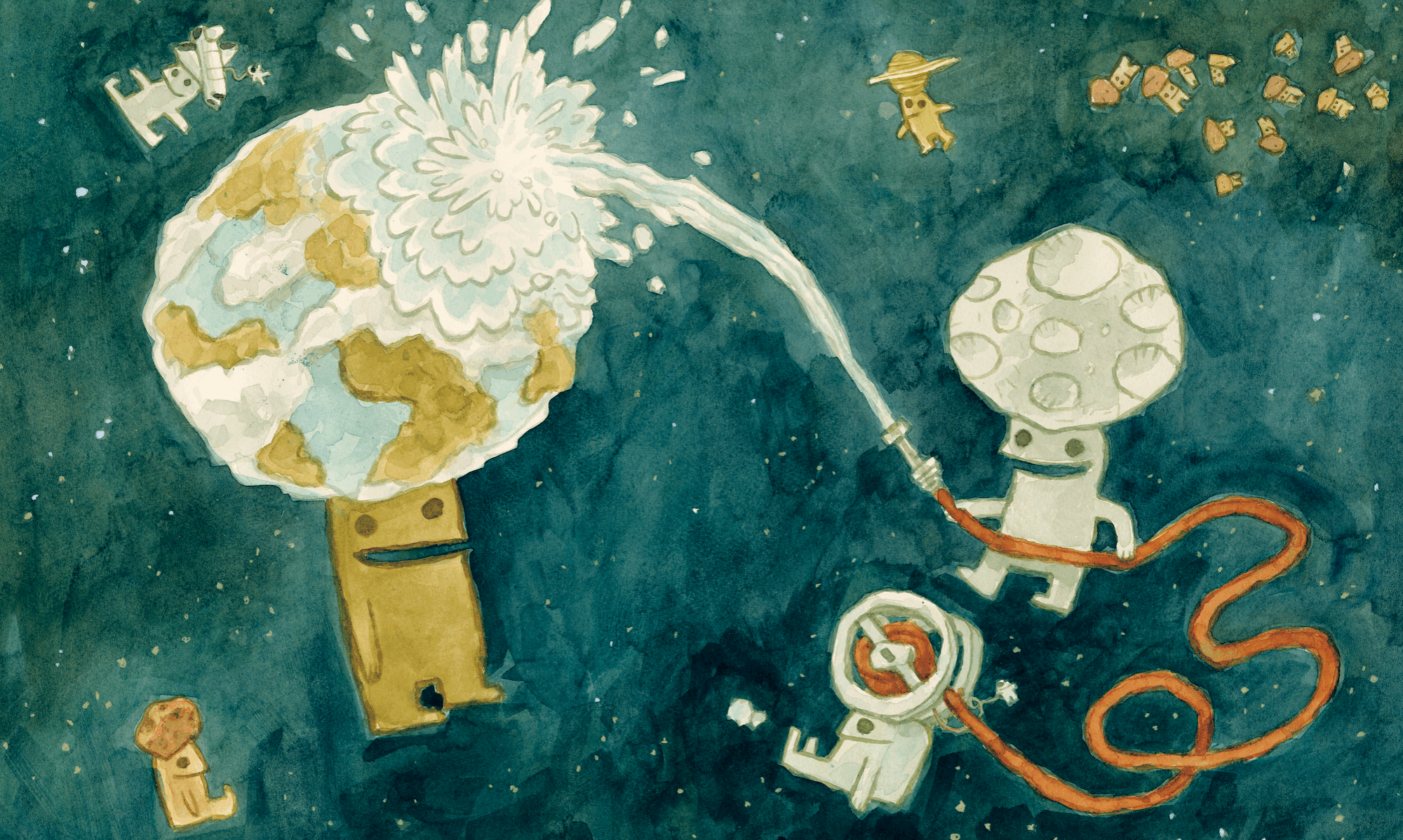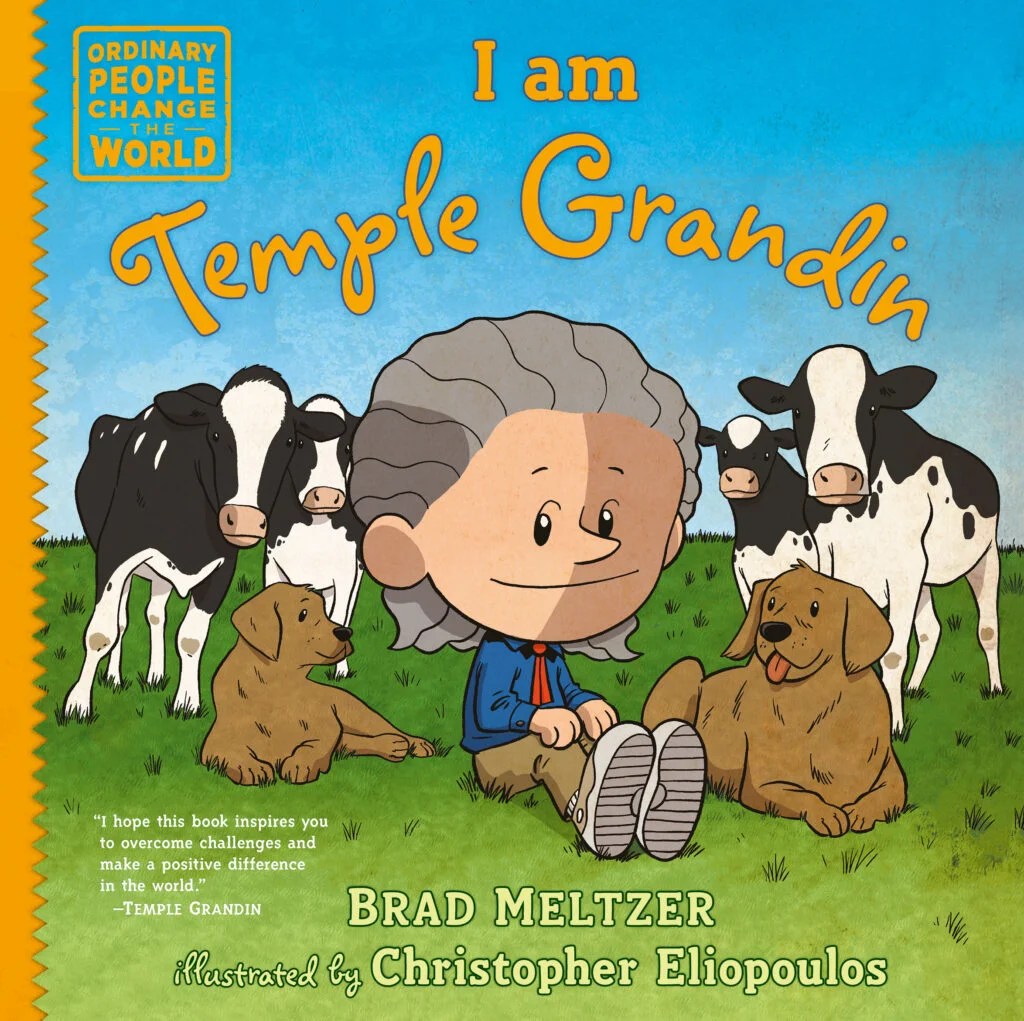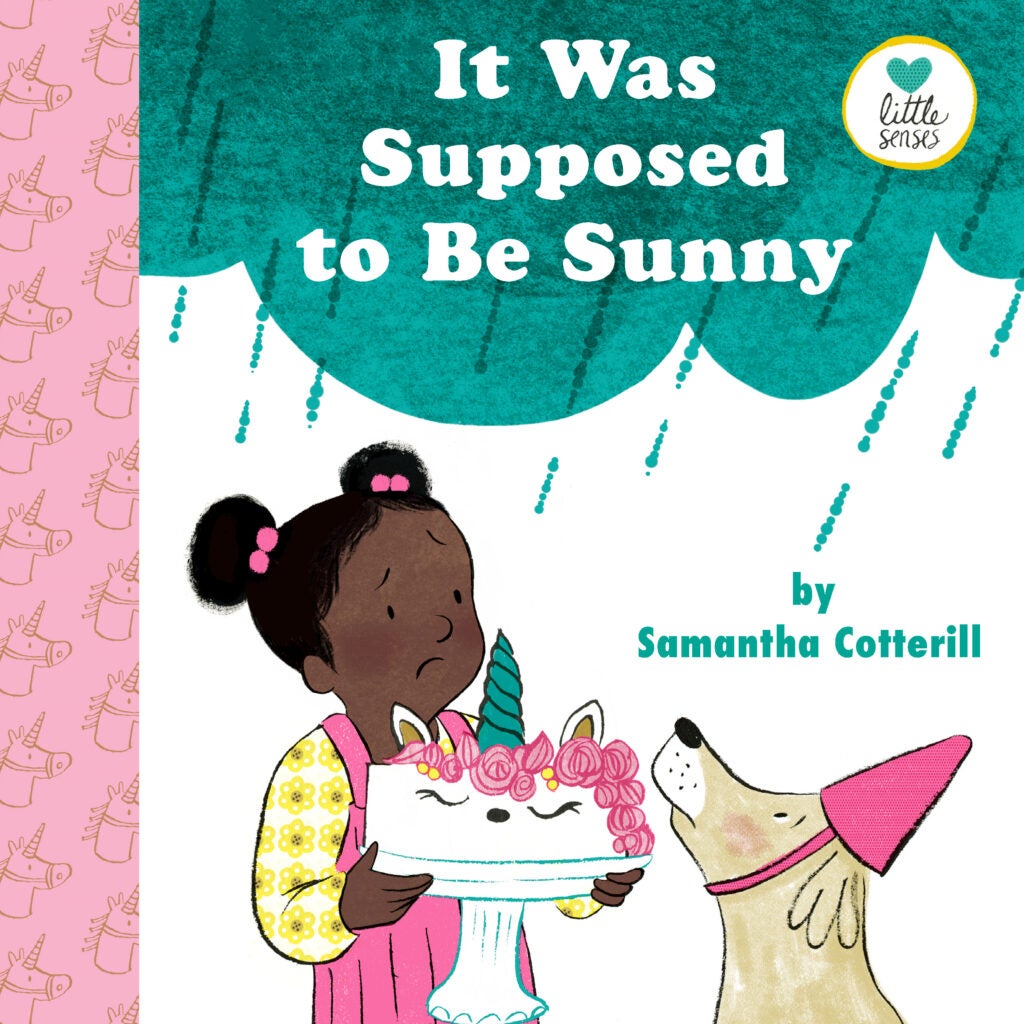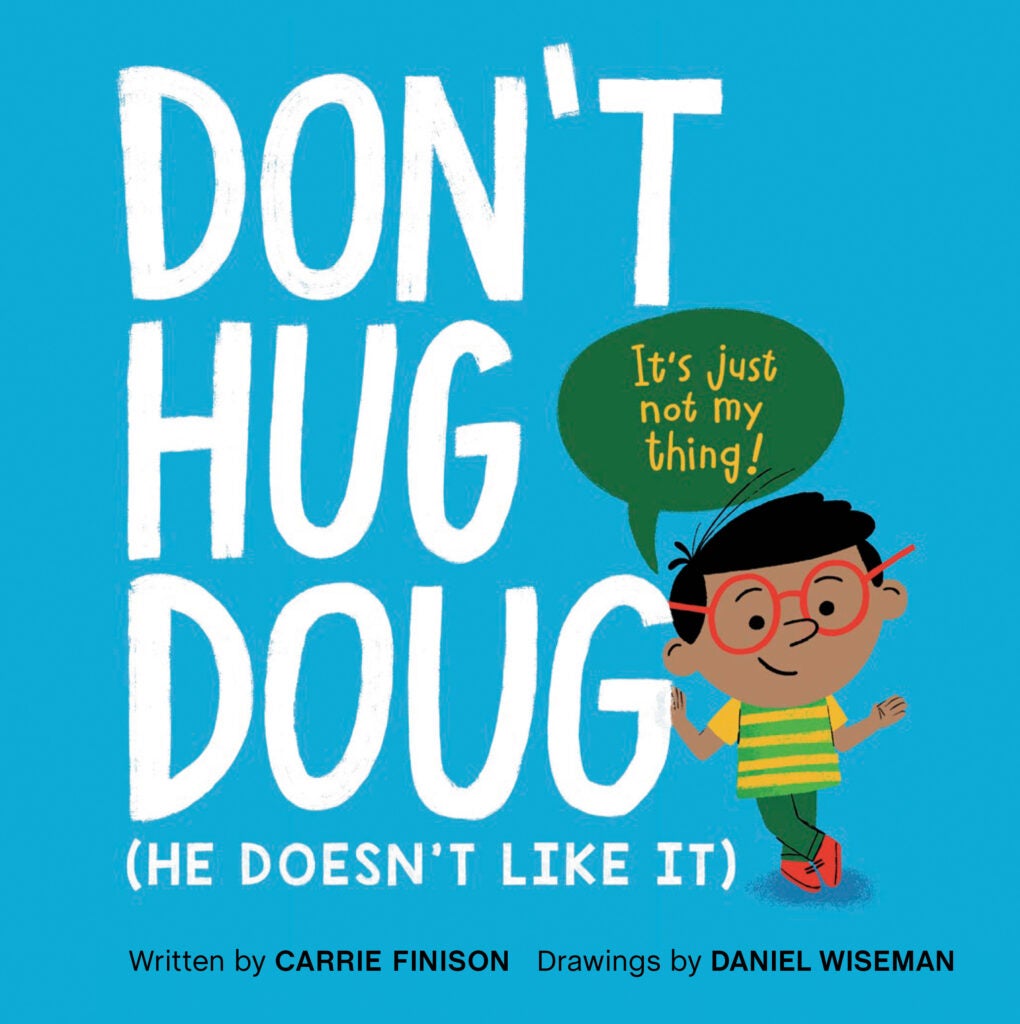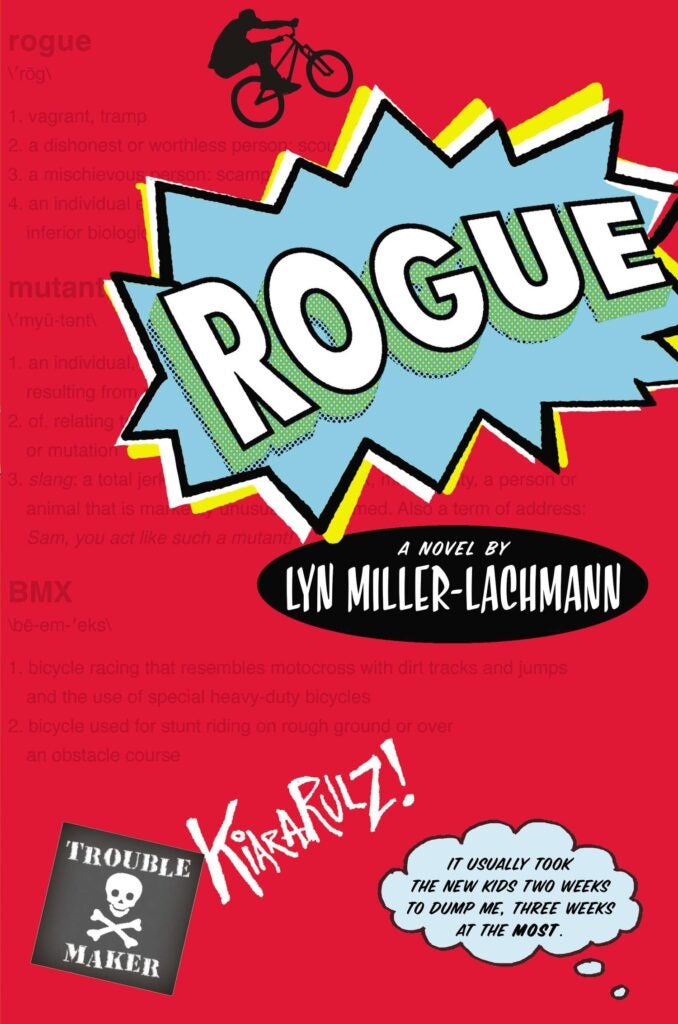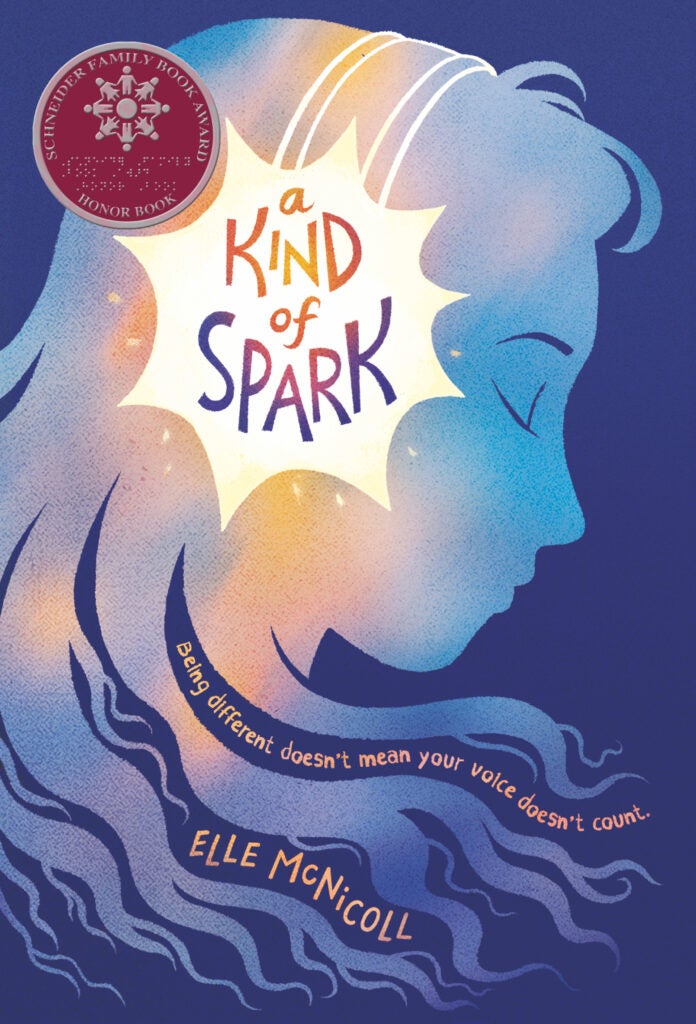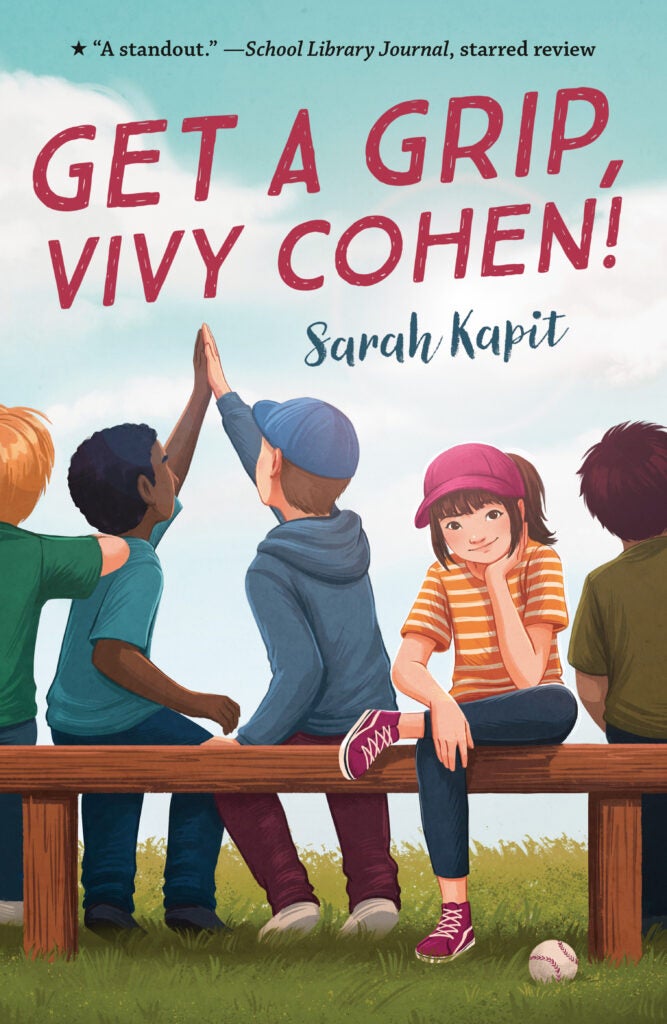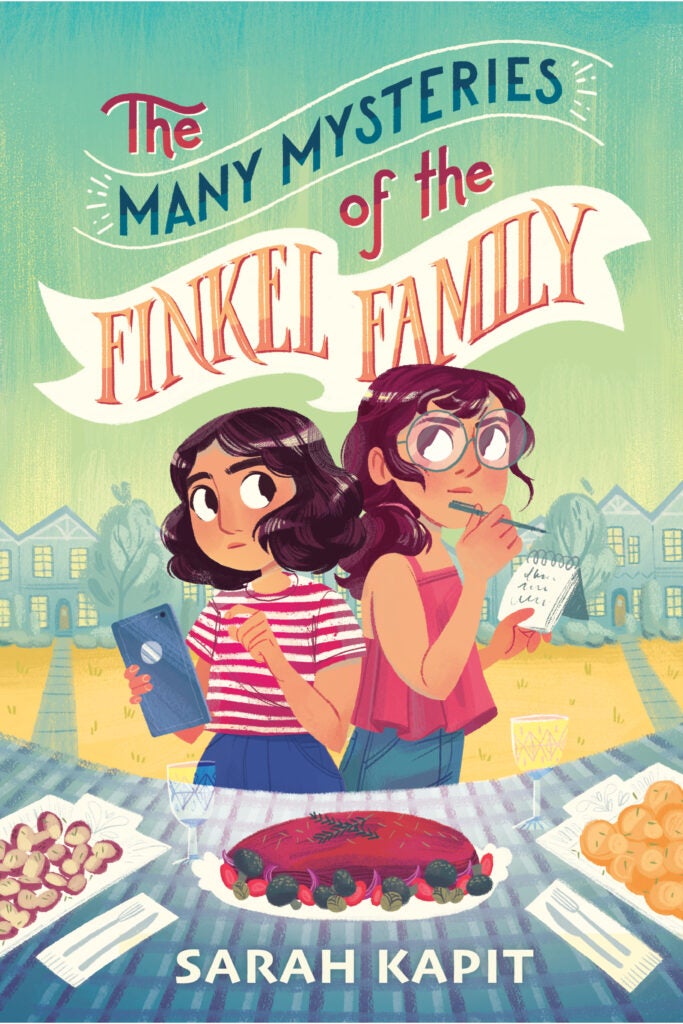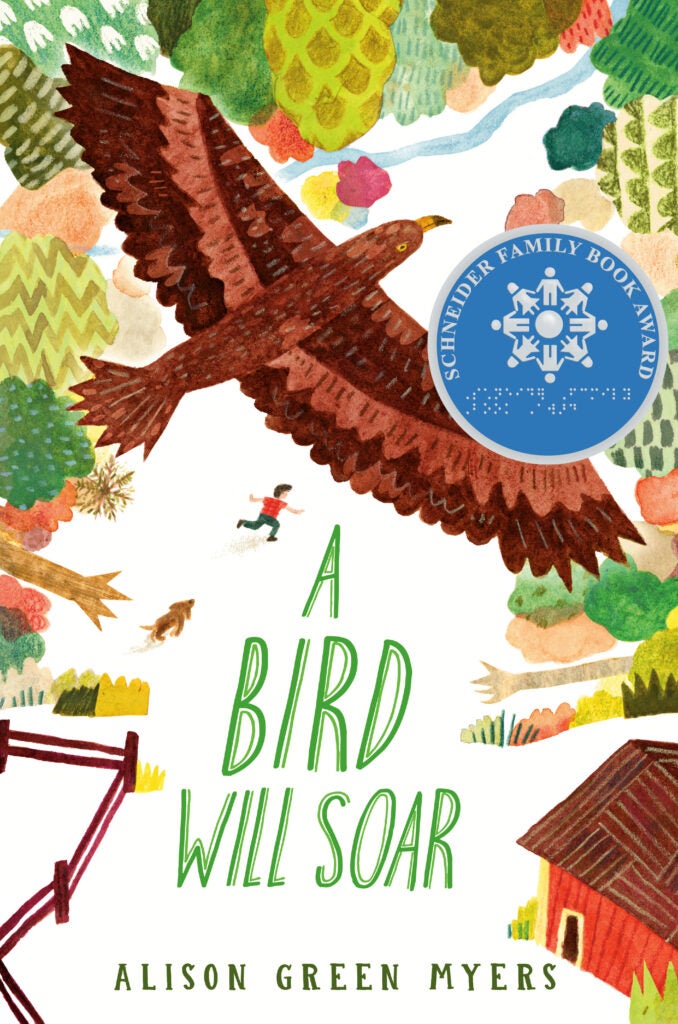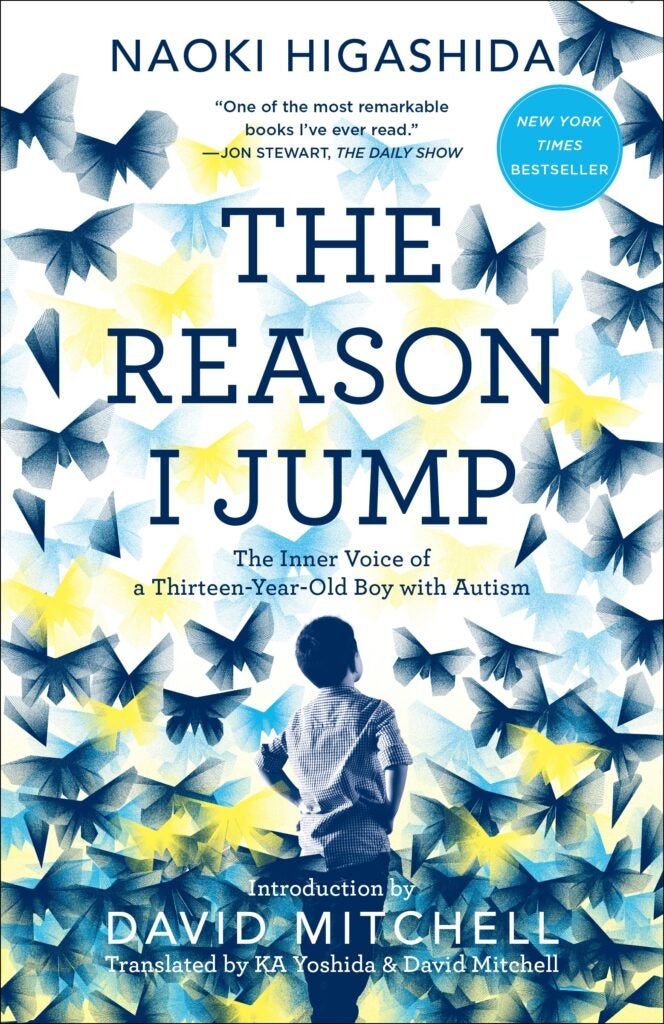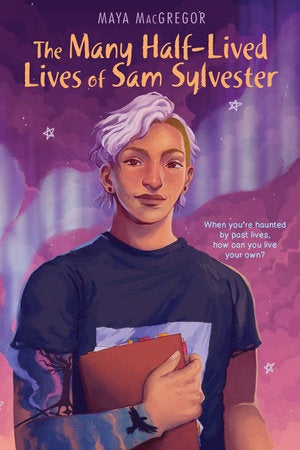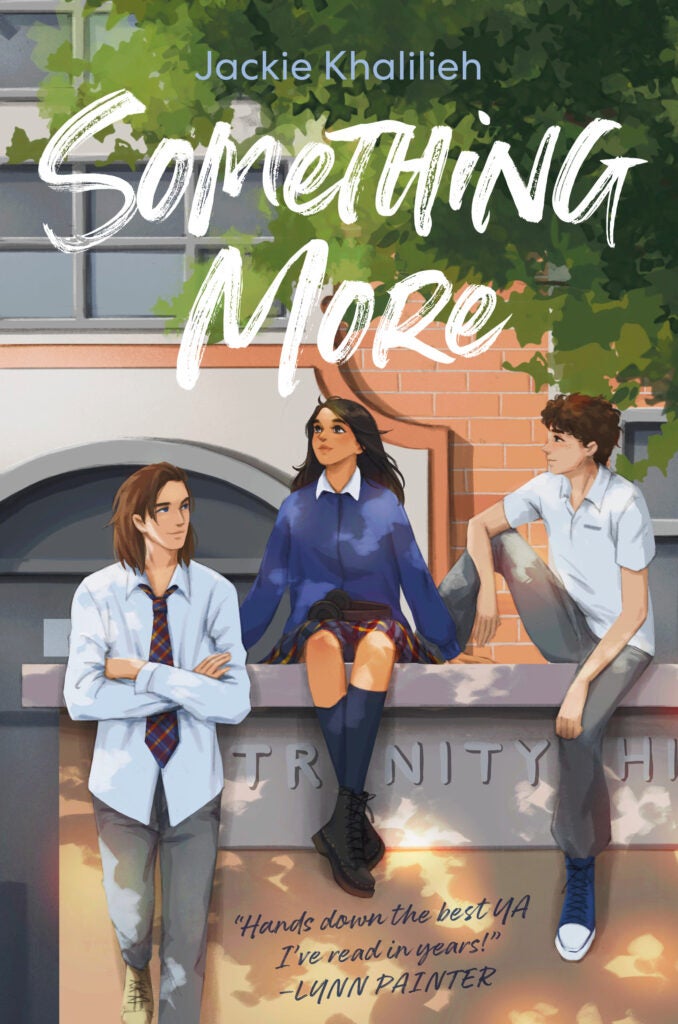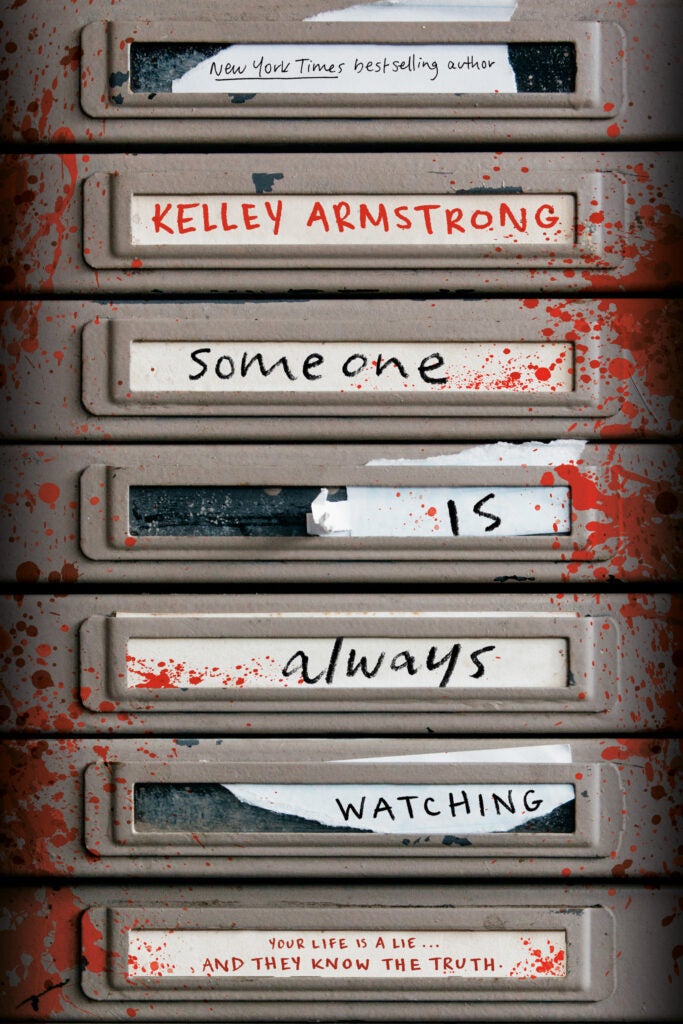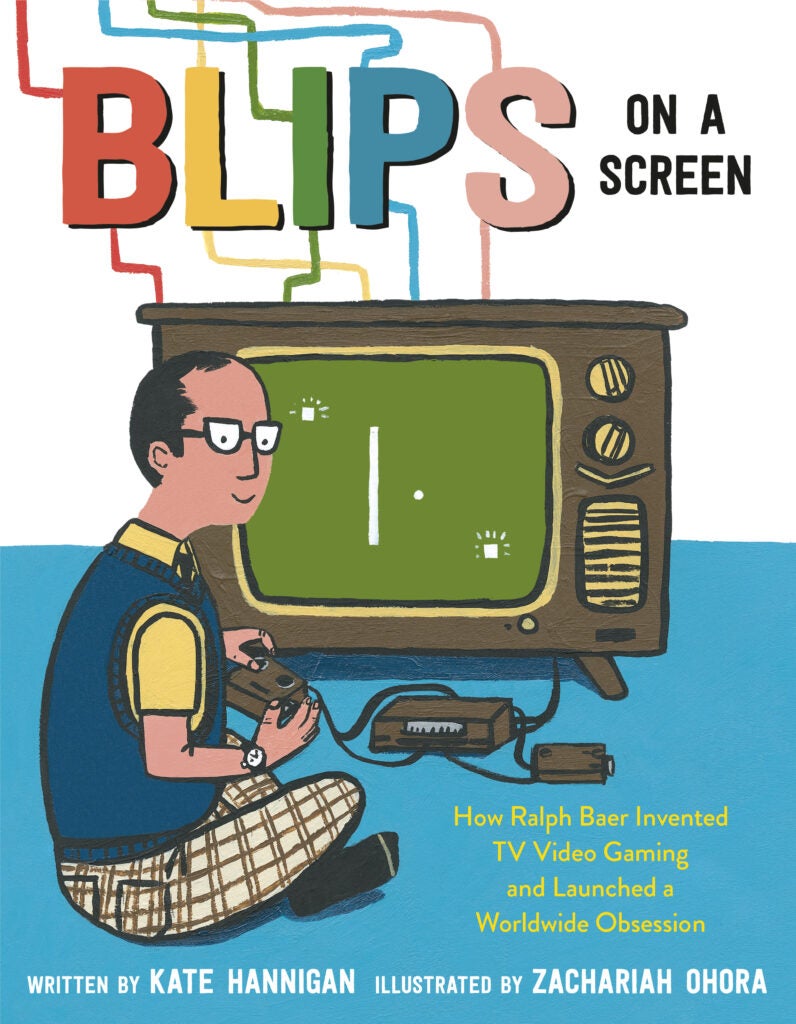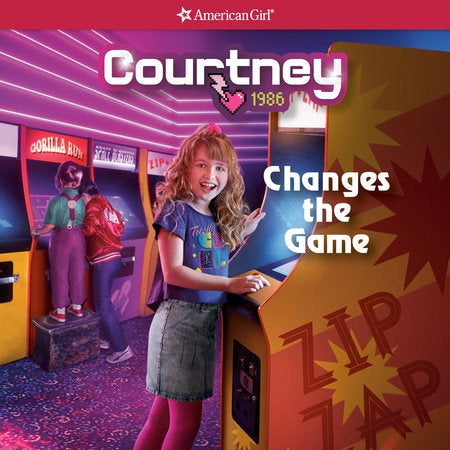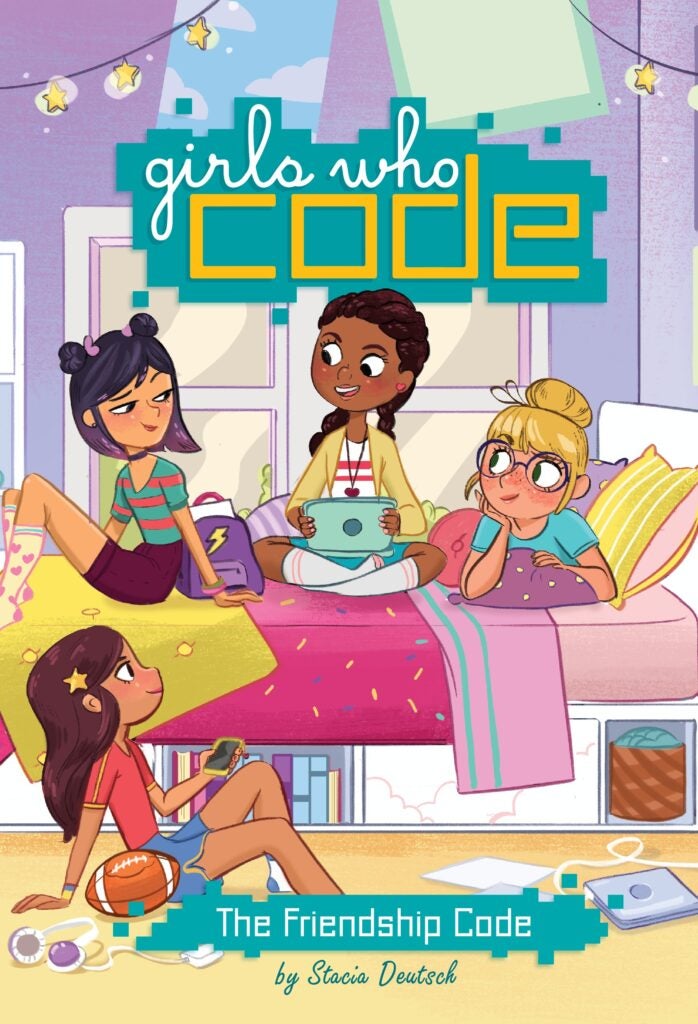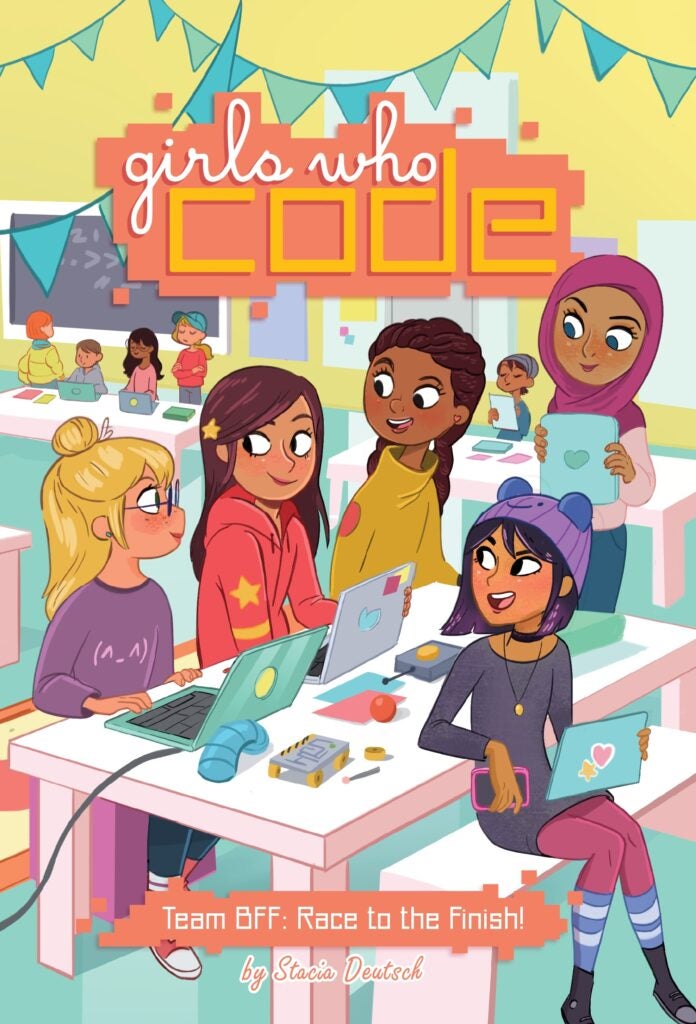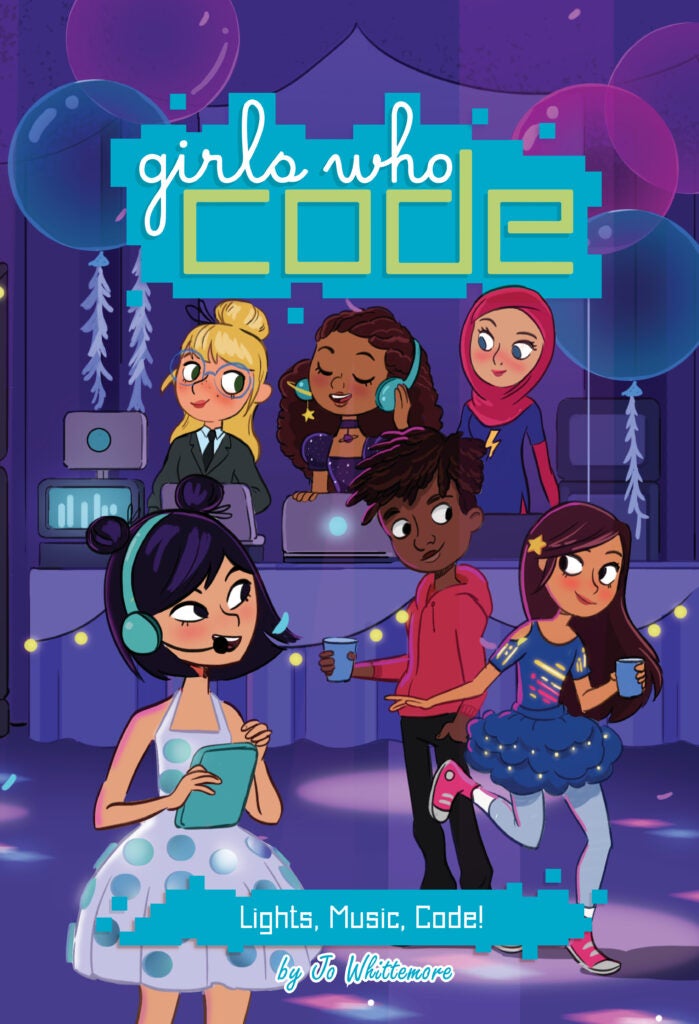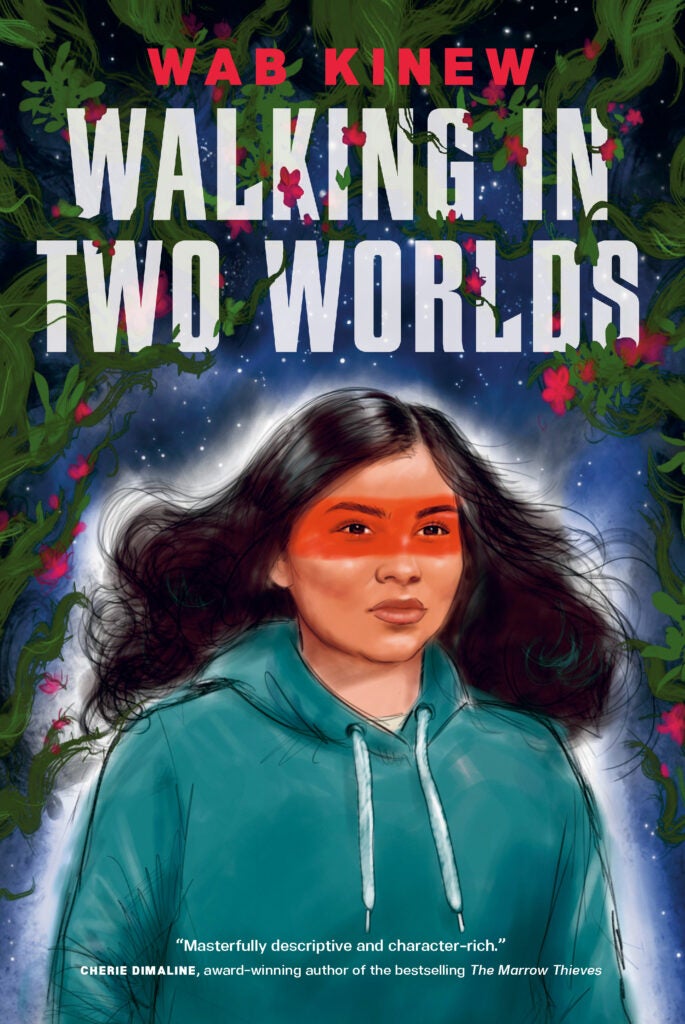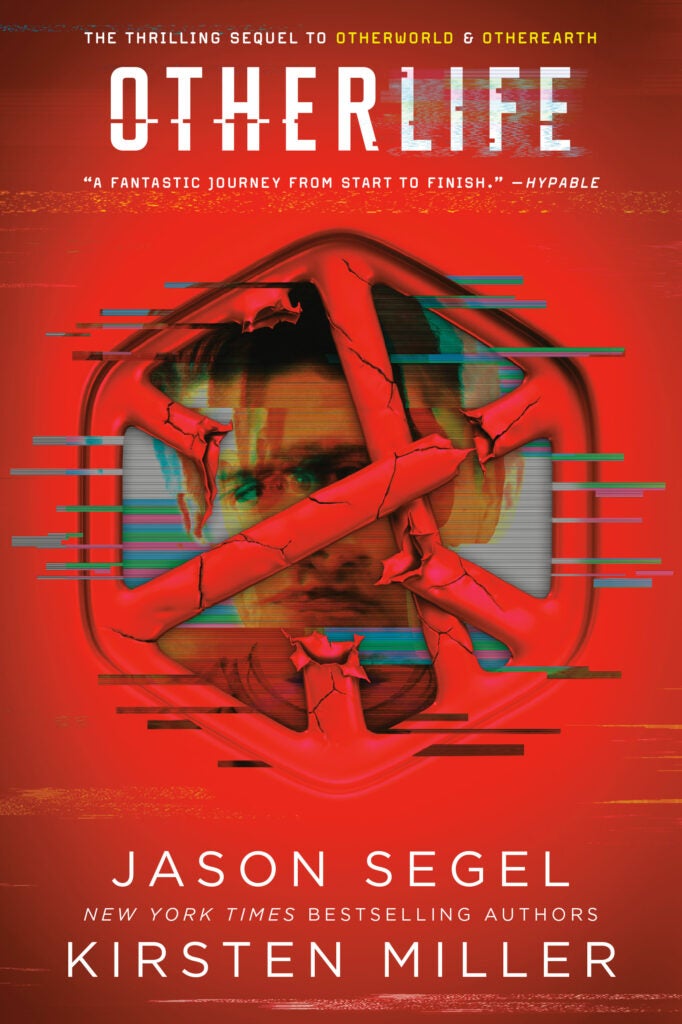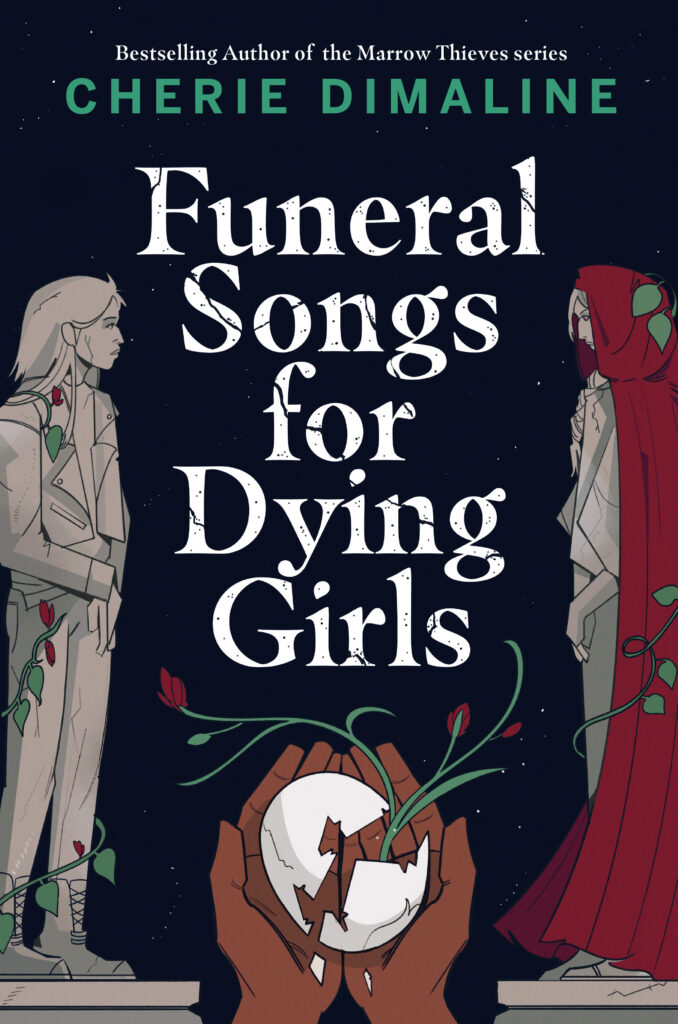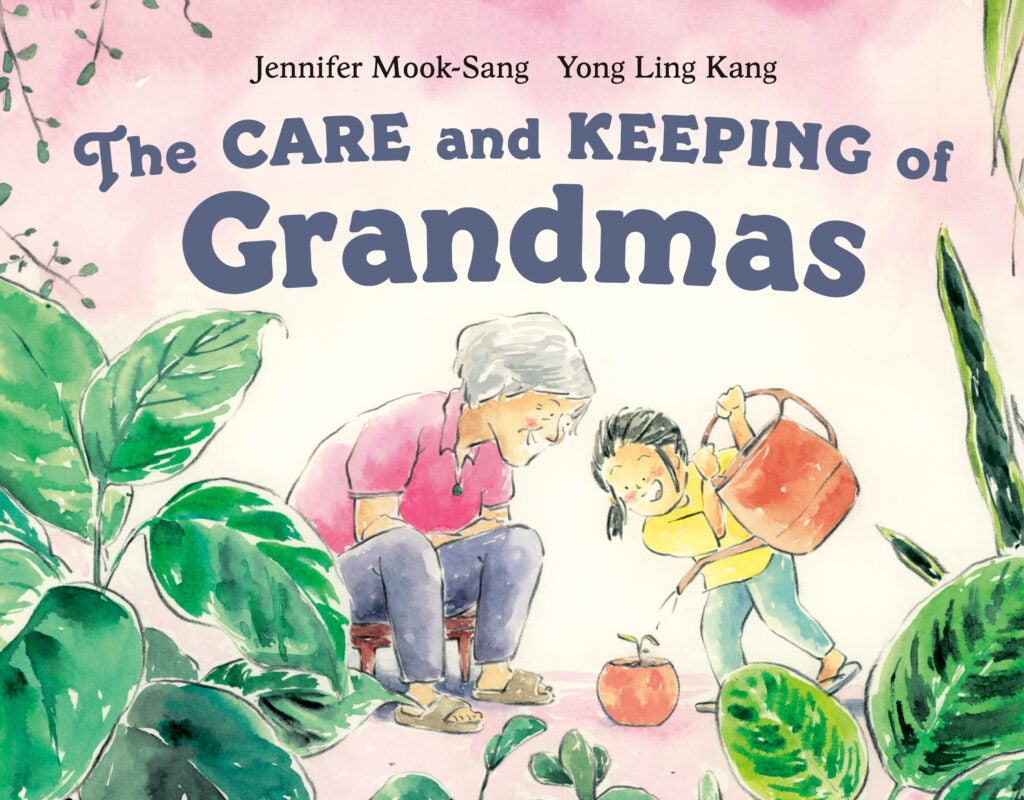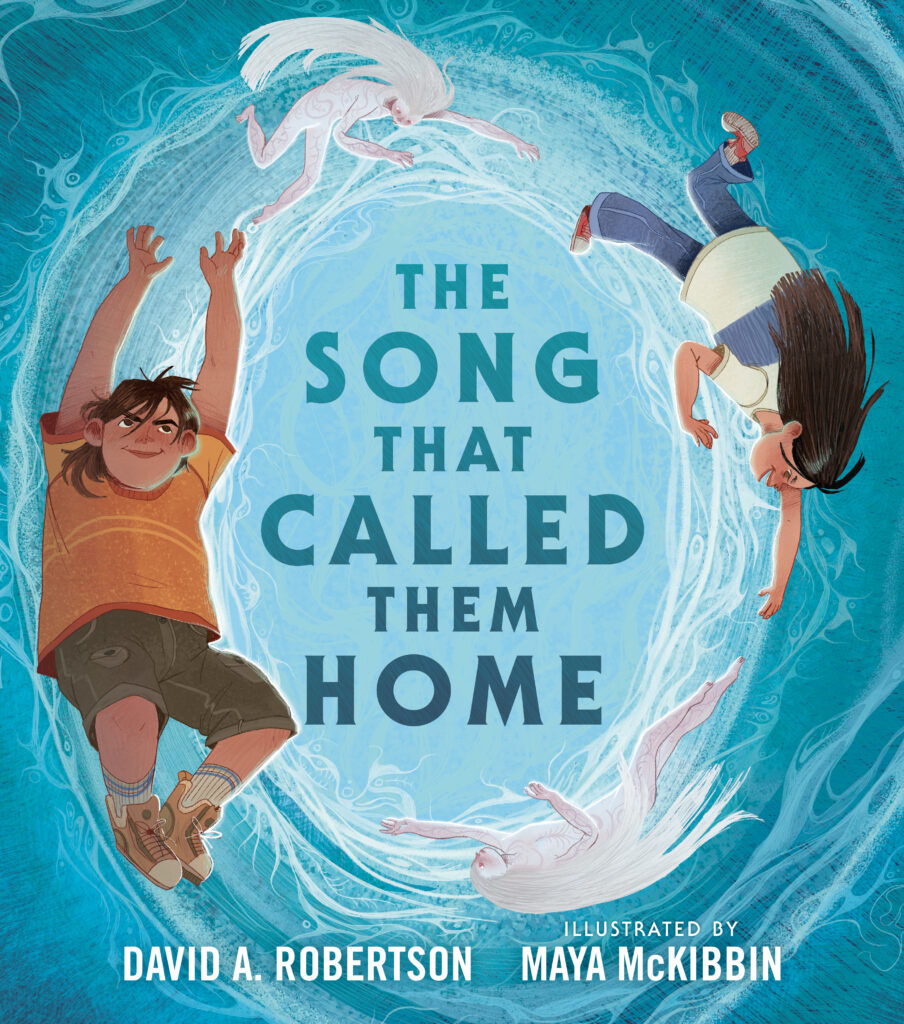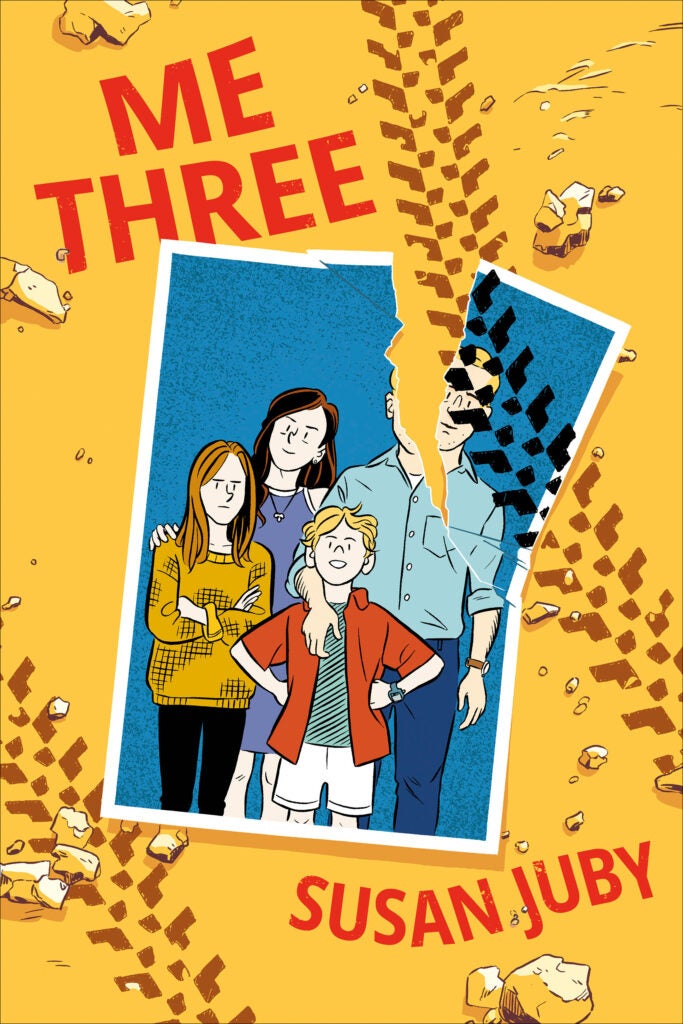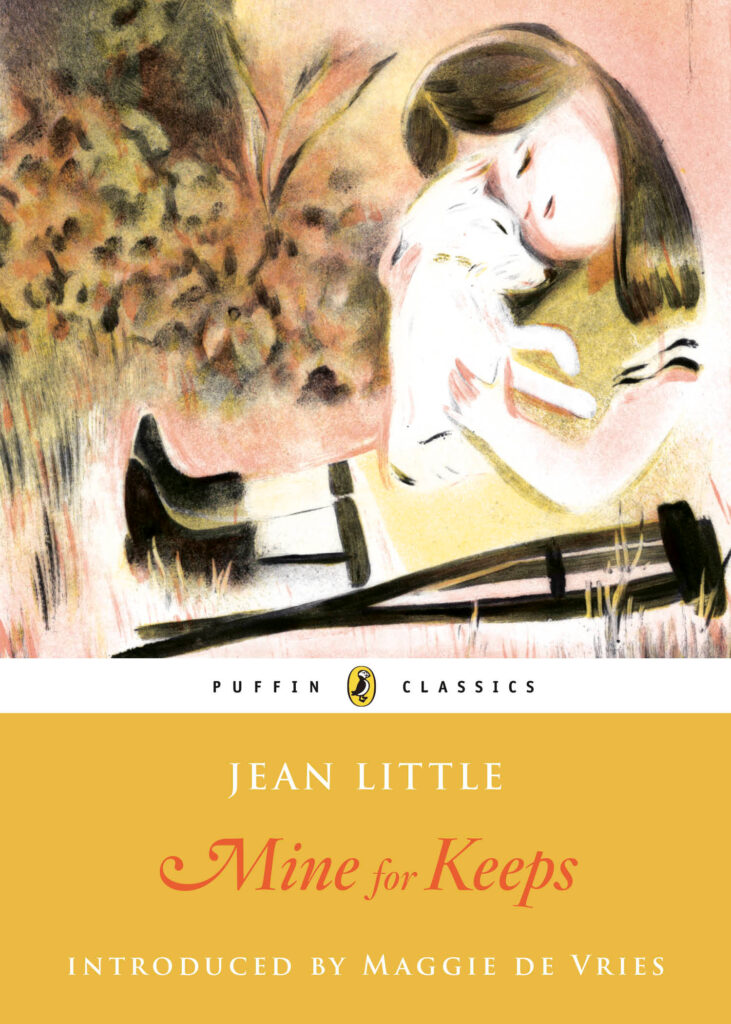Hello, and thanks for joining us at Tundra Telegram, the column where we sense the subjects flowing through readers’ minds and bleeding into the wider news cycle and suggest some books that won’t leave readers cursing. Just great books: period.
This weekend, the movie that so many readers have been waiting for since 1970 hits theaters across North America. Judy Blume‘s classic coming-of-age novel, Are You There God? It’s Me, Margaret, has been adapted into a film by Kelly Fremon Craig (The Edge of Seventeen), and starring Rachel McAdams, Kathy Bates, and even one of the Safdie Brothers (?). The book has long been beloved (and just as often banned or challenged in schools and libraries) for its frank talk about menstruation and other hallmarks of female puberty.
To celebrate the film adaptation, we wanted to recommend more books that focus on the physical and hormonal changes young people experience in early adolescence. Many of these books highlight girl’s experiences, but we’ve included a few books about puberty for boys – and for nonbinary kids – as well. (Please note: the following book descriptions talk frankly about sex and body parts, so if that’s not your cup of tea, venture no further!)
PICTURE BOOKS


We’ll admit; it’s not the easiest thing to find picture books about puberty, but we’ve found a couple that fit the bill. The first of these is Bodies Are Cool by Tyler Feder. While not explicitly about puberty, the book is more a joyous celebration of all the different human bodies that exist in the world. The book highlights the many skin tones, body shapes, hair types, and more in a cheerful love-your-body picture book for preschoolers. While it may not be about puberty, it certainly celebrates the results of puberty!
Though it may now be a little dated (and not as inclusive as it should be), the 2011 picture book Who Has What?: All About Girls’ Bodies and Boys’ Bodies by Robie H. Harris and Nadine B. Westcott nonetheless talks about all the things boys and girls might find on their bodies. Structured through a story about two siblings – Nellie and Gus – on a family beach vacation, the book answers questions young kids may have about their bodies in a positive, reassuring way.
CHAPTER BOOKS & MIDDLE GRADE



There are many of middle-grade books that look deeply into puberty, given that its readers are often going through that change (or just about to) – and some of those books are nonfiction! Exhibit A: Puberty Is Gross but also Really Awesome by Gina Loveless and Lauri Johnston. This a puberty guide that doesn’t shy away from the smelly, hairy, sticky, and confusing parts of puberty – but also celebrates the many good things of adolescence, as well.
The Canadian duo of Cory Silverberg and Fiona Smyth are the go-to team for modern kids’ books about sexuality, and their new book You Know, Sex is no exception. In bright comic book colors, the book sets the world of sex education in social justice, covering not only the big changes of puberty -hormones, reproduction, and development – but also things like power dynamics, pleasure, and how to be a decent human being. Told through the story of four different middle-schoolers, there are chapters on body autonomy, disclosure, stigma, harassment, pornography, trauma, masturbation, consent, boundaries and safety, all of which makes space for trans, nonbinary, and intersex bodies.
And Growing Up Powerful, a Rebel Girls guide by Nona Willis Aronowitz and illustrated by Caribay Marquina, isn’t in stores just yet – it publishes on May 9, 2023 – but it helps guide girls through the many changes of puberty: from physical body changes to things like social anxiety and school-related stress. The book is chock-full of helpful advice, Q&As with experts and regular girls around the world, as well as fun quizzes hoping to give tween girls the reference they need to navigate this tricky time. Subjects ranging from breasts, hair growth, the changes in genitals, menstruation, and more – and the book is inclusive of genderfluid and transgender youngsters.

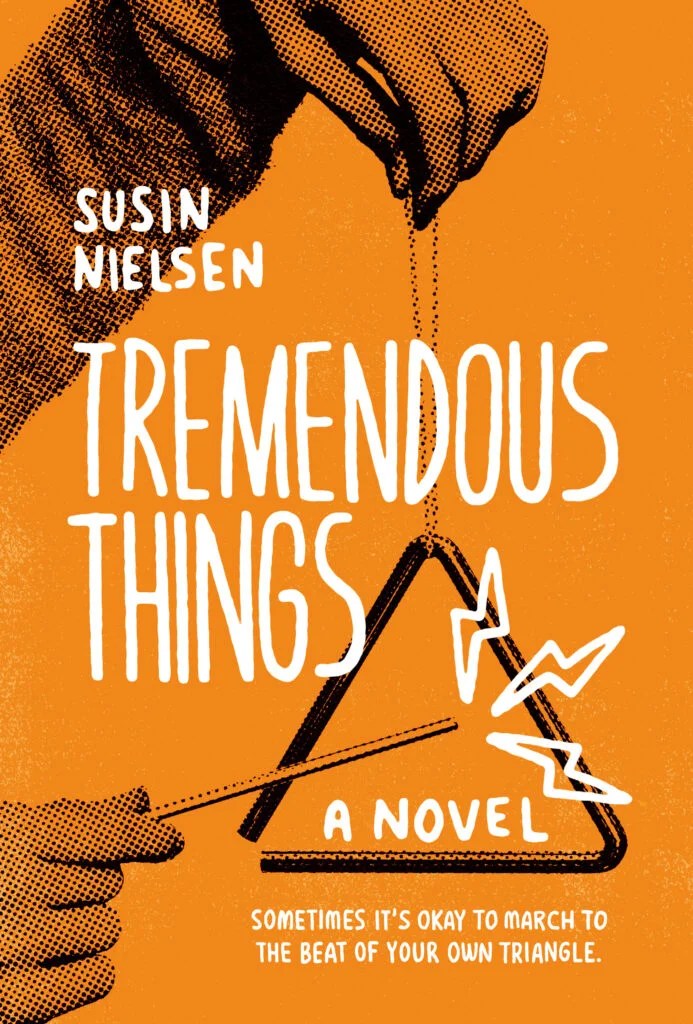
Though it’s an older book, The Downside of Being Up, sprung from the mind of Alan Lawrence Sitomer, remains one of the few middle-grade novels to look at the adolescent issue of inappropriately timed erections (if you couldn’t guess from the title). While it’s a mostly lighthearted and funny read about a topic rarely covered in literature, it nevertheless depicts how cruel kids can be during adolescence and vividly depicts the unceasing awkwardness of puberty.
Speaking of inappropriately timed erections, Susin Nielsen‘s Tremendous Things has fewer than Sitomer’s novel (and we’re pretty sure the title doesn’t reference them), but nevertheless, the novel follows awkward ninth-grader Wilbur as he tries to escape a humiliating incident in middle school, when his time-capsule letter (which talk a lot about a body part he calls “Jeremiah”) is shared with the entire school. Tremendous Things covers that part of adolescence of moving through humiliation while staying true to yourself – in this case, during a band trip to Paris, France.



Instead of one story about getting your period, how about sixteen? Calling the Moon: 16 Period Stories from BIPOC Authors is an anthology edited by Aida Salazar and Yamile Saied Mendez that collects short fiction and poems around the topic of menstruation, exclusively from authors who are Black, Indigenous, and/or people of color. With stories from superstars like Ibi Zoboi, Erin Entrada Kelly, and Christina Soontornvat, the first times can come on the basketball court, during a lakeside field trip, or even at the start of one’s first fasting Ramadan.
An eighth grader starts a podcast to protest the unfair dress code at her middle school in Carrie Firestone‘s feminist revolution Dress Coded. You don’t need us to tell you school dress codes often originate in adult male discomfort with the body changes that puberty brings. And when Molly, Olivia, Liz, and friends realize this, they take to the (digital) airwaves to rebel. In fact, one of the catalysts for their rebellion is when one girl is reprimanded for showing off her shoulders after she uses her sweater to hide a period stain on her jeans!
Finally, 14 Hollow Road by Jenn Bishop mixes the changing friends, changing bodies, and changing emotions of those puberty years with an actual natural disaster: a tornado! Maddie’s world is already falling apart the evening of the sixth-grade dance when her crush Avery starts to slow-dance with someone else, and then the tornado strikes and destroys both her and Avery’s homes. This leaves the two now co-habiting in the same house of some kind neighbors, and Maddie must deal with the sticky whirlwind of puberty with her crush in the next bedroom over! Talk about awkward!
YOUNG ADULT

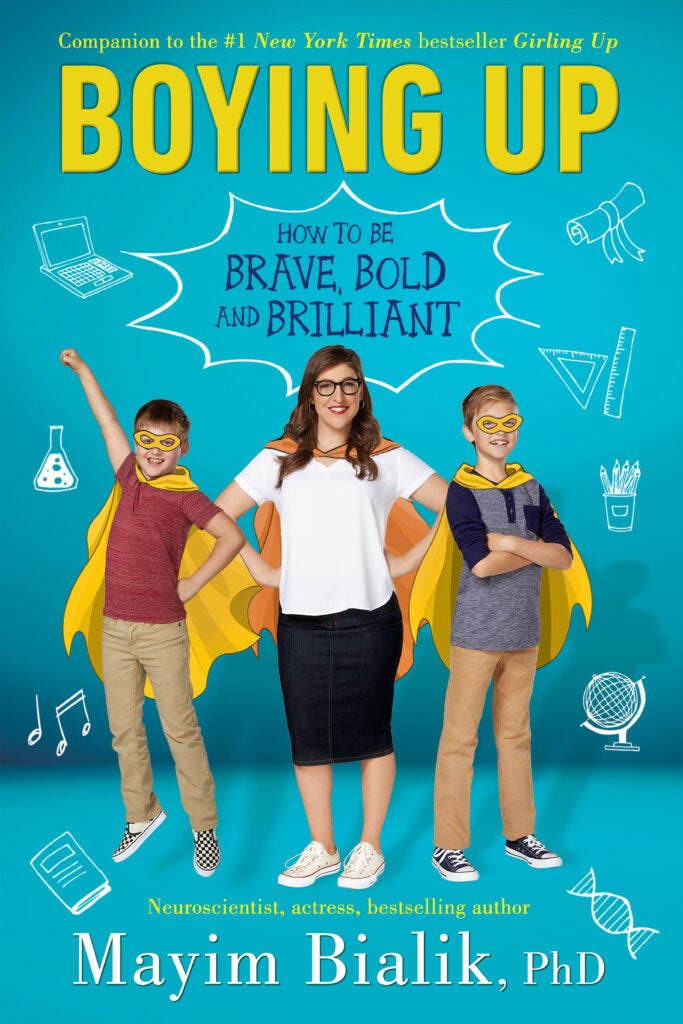
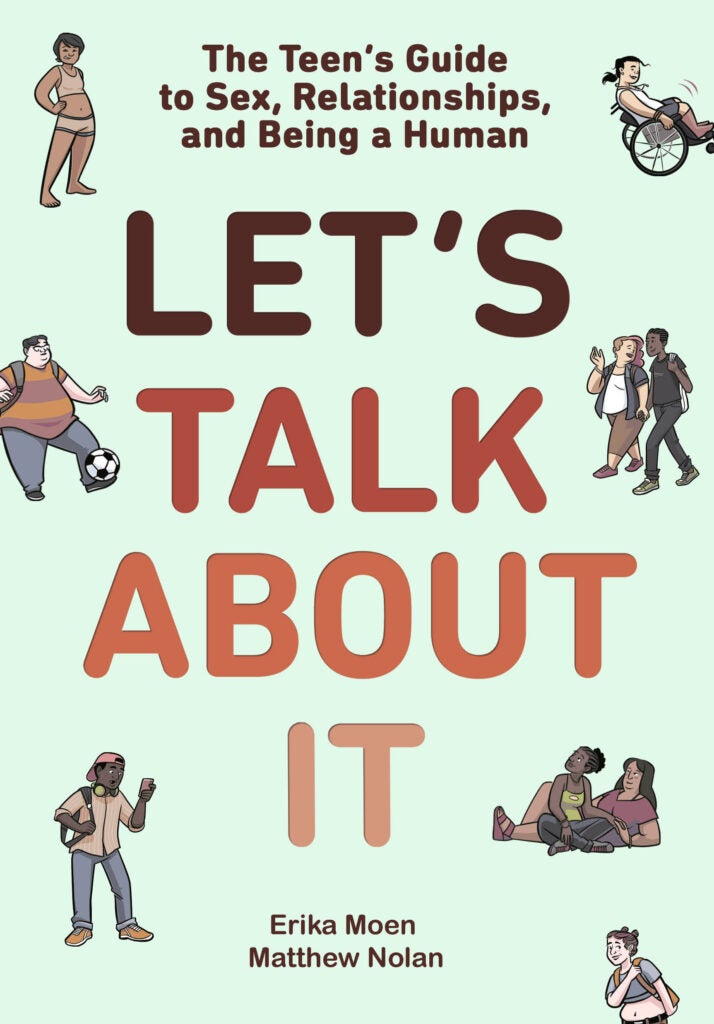
Puberty and the changes associated with it can be uncomfortable to discuss, but not with Mayim Bialik, star of Blossom, The Big Bang Theory, and Jeopardy! With Girling Up: How to Be Strong, Smart and Spectacular, Bialik uses her PhD in neuroscience to demonstrate to young readers how they grow from a girl to a woman biologically, psychologically, and sociologically – covering periods, sexuality, stress, hormones, and much more. And the follow-up, Boying Up: How To Be Brave, Bold, and Brilliant covers vocal changes, body hair, toxic masculinity. In our opinionation, these books are great basic guides to puberty.
In the same nonfiction handbook vein, but in comic book form is Let’s Talk About It: The Teen’s Guide to Sex, Relationships, and Being a Human by Erika Moen and Matthew Nolan. Covering everything from relationships and friendships to gender, sexuality, anatomy, body image, safe sex, sexting, jealousy, and rejection, Let’s Talk About It looks at all the changes young people undergo in adolescence to reassure readers when they feel their emotions and bodies are beginning to feel not normal – as a comic book!



Most readers know The Girls I’ve Been by Tess Sharpe as a twisty thriller featuring the daughter of a con woman who targets criminal men (and soon to be a film starring Millie Bobby Brown). When Nora is taking hostage during a bank robbery (alongside her ex-boyfriend and current girlfriend), she must use all her street smarts to survive. What gets covered less often is the fact that Iris (Nora’s girlfriend) has endometriosis, and is experiencing her (painful) period during the hostage crisis. Hot take: more bank heist stories should feature menstrual cups in the plot.
Though Jandy Nelson‘s I’ll Give You the Sun is a coming-of-age story about Jude and her twin brother Noah – how close they are at 13 and how distant at 16 – the novel indicates how the hormonal and emotional changes of puberty propels that separation. (This is especially true as they start to develop crushes on the same boys!) It’s also one of the few books on our list that features the changes of puberty through the eyes of a queer character.
Menstruation is one of the most common natural occurrences a body can have, but is still stigmatized, which is where the provocative Blood Moon by Lucy Cuthew comes in. Frankie, a lover of physics and astronomy, gets her period during her first sexual experience with a quiet heartthrob. But when the incident becomes a gruesome online meme, Frankie has to fight to reclaim her reputation from the online shame and stand up against a culture that says periods are dirty.
